Blog
-
Nov 17, 2017, 10:00 AM

During 2017, we have been following along with the Legend Seeds Research Team and their Replicated Corn Trials through our Farmacology™ Approach. We’ve covered planning, prepping, planting, tracking…
-
Nov 13, 2017, 11:30 AM
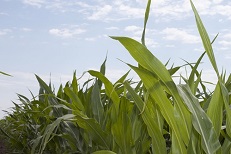
Are you tired of seedsmen that offer you a bag of corn in the fall and don’t return until the following fall? At Legend Seeds, we have a different approach to treating acres and maximizing yields for…
-
Nov 2, 2017, 11:00 AM
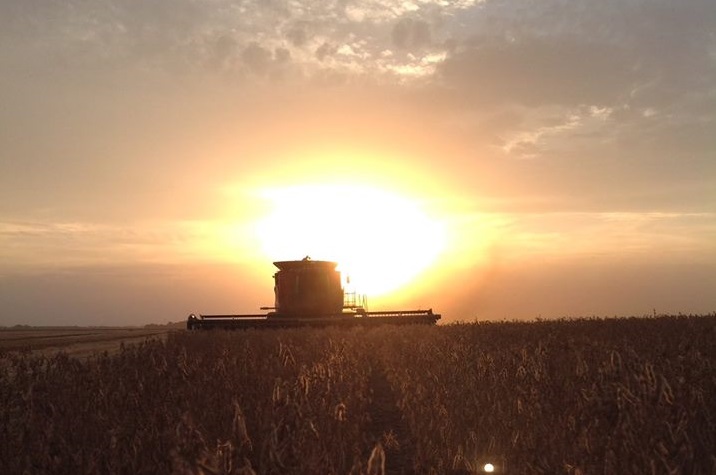
As of today we are behind our average harvest progress, and the calendar keeps turning pages so it may seem like the right time to start applying ammonia, however there are a few variables we need to…
-
Sep 28, 2017, 9:30 AM
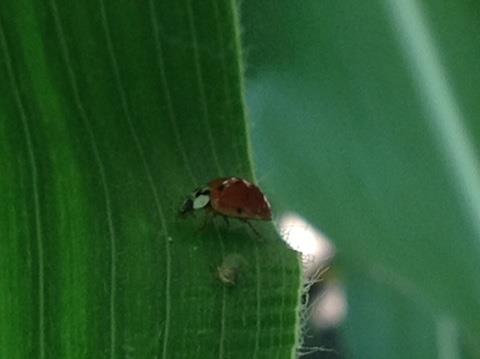
Corn Leaf Aphids are not as detrimental to yield in corn fields as aphids are in soybean fields. The biggest loss to yield is when corn leaf aphids start feeding on the top portion of leaves and the…
-
Sep 22, 2017, 9:30 AM
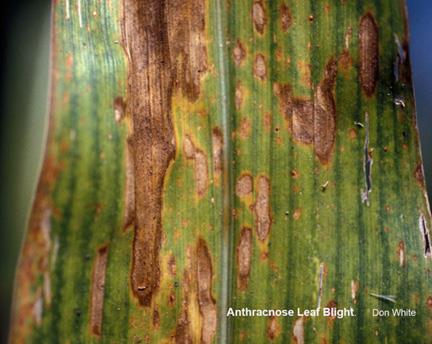
A disease that gets a lot of attention in late season health is anthracnose. This disease is prevalent all year round and chips away at the yield of the plant. The ideal condition for this fungus is…
-
Sep 15, 2017, 8:30 AM
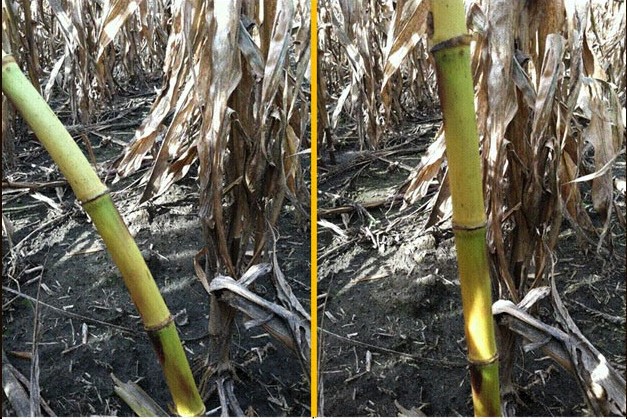
As we near harvest, it’s important to start determining your order of harvest for fields. This is determined by two key factors: plant health and moisture percentages. The combination of the two sets…
-
Sep 5, 2017, 10:00 AM
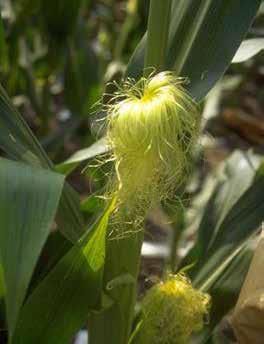
The relationship between the number of growing degree days (GDD) or heat units required to bring corn hybrids to physiological maturity (black layer) and relative maturity (RM) has been challenging…
-
Aug 29, 2017, 12:00 PM
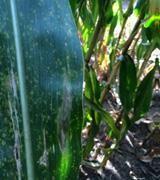
In 2006 and 2007 Physoderma wreaked havoc on crops in northern Nebraska, southern South Dakota and southern Iowa with severe cases of stock rot and ear drop.

